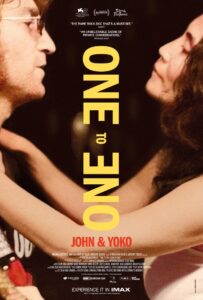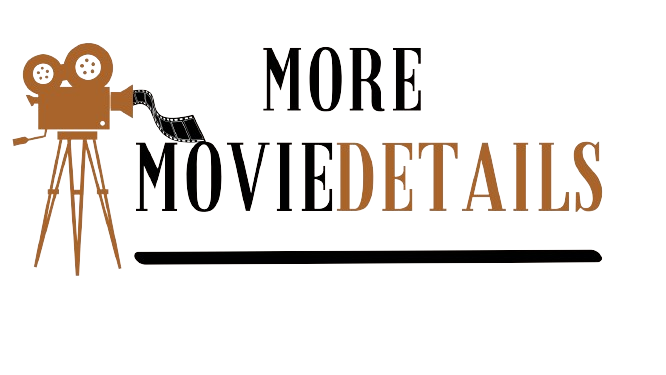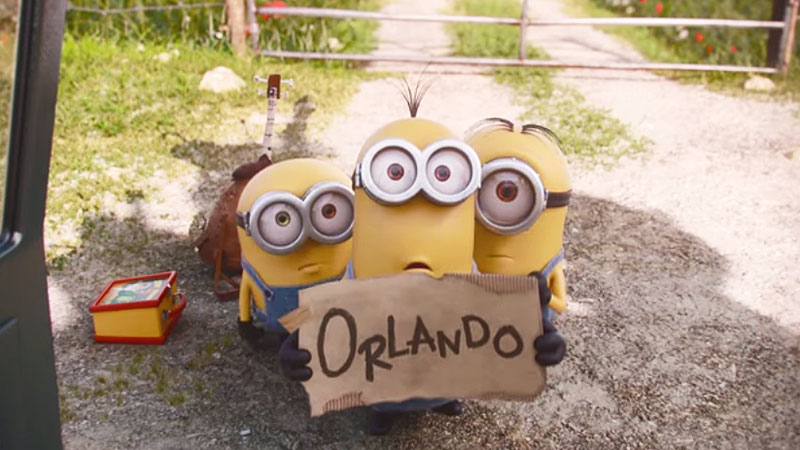“ONE TO ONE: JOHN & YOKO,” directed by Oscar-winning filmmaker Kevin Macdonald, offers an unprecedented look at John Lennon and Yoko Ono during a pivotal period in their lives. Released in 2024, this documentary focuses on the eighteen months surrounding Lennon’s only full-length concert after leaving The Beatles – the One to One benefit show at Madison Square Garden on August 30, 1972. The film has garnered critical acclaim, premiering at prestigious festivals including Venice, Telluride, and Sundance. Here’s how this remarkable documentary came together.
Genesis of the Project
The project began when producer Peter Worsley discovered that the Lennon estate was meticulously restoring the master negative of the One to One concert. Worsley, who had previously produced a documentary about Lennon’s “Imagine” album, recognized an opportunity to tell a larger story around this specific period in John and Yoko’s lives. The concert was organized to benefit the Willowbrook children’s home following an exposé by Geraldo Rivera about the facility’s terrible conditions.
After developing the concept, Worsley approached Mercury Studios and eventually secured Kevin Macdonald as director. Macdonald, known for music documentaries like “Marley” and “Whitney,” brought a distinctive vision to the project, wanting to avoid a standard biographical approach. As Macdonald explains, “I thought: I’m not going to try to be in any way definitive. Wouldn’t it be interesting to just see who is the John, who is the Yoko, who appears out of the archive material?“

An expansive and revelatory inside look at John Lennon and Yoko Ono’s life in Greenwich Village in the early 1970s, ONE TO ONE: JOHN & YOKO delivers an immersive cinematic experience that brings to life electrifying, never-before-seen material and newly restored footage of John and Yoko’s only full-length concert.
A Fresh Storytelling Approach
What sets “ONE TO ONE” apart is its innovative structure. Rather than relying on contemporary interviews with aging rock stars sharing familiar anecdotes, Macdonald chose to let the archival footage speak for itself. The documentary allows viewers to eavesdrop on John and Yoko’s lives through a wealth of never-before-seen material.
The film is anchored by a crucial insight: John and Yoko spent considerable time watching American television after arriving in New York. Macdonald leveraged this fact to create a visual tapestry of the era through TV clips – news broadcasts, commercials, and entertainment programs that the couple would have consumed. This approach vividly recreates the cultural context of early 1970s America, showing the Vietnam War, Nixon’s presidency, The Price is Right, and more.
Unearthing Never-Before-Seen Material
The production team received unprecedented access to archival materials from the Lennon estate. This included previously undigitized recordings of phone conversations that even Sean Lennon and Yoko Ono had never heard. As Worsley noted, “When we first heard those, we knew that we had material that was very much the intimate voice of John and Yoko.“
Other remarkable discoveries included home movie footage shot by John and Yoko on early portapack cameras, such as their journey to Harvard for an international feminist conference. The film also features a moving performance of Yoko singing “Age 39,” which had never been digitized or seen publicly before.
Meticulous Apartment Recreation
One of the documentary’s most impressive elements is the meticulously faithful recreation of John and Yoko’s Greenwich Village apartment. The production team discovered that the actual apartment had just been sold and was being demolished when they began work on the film. However, they managed to obtain the floorplan and embarked on an incredibly detailed reproduction process.
The team used photographs and film from the period to recreate everything precisely – from the books on shelves (identified from photographs or inventory lists) to artwork on walls. They sourced the exact model of amplifier that Lennon owned (found in Poland), identical guitar models, and the correct typewriter. They even wove a new quilt to match the original black and white one that the Lennon family still possesses but was too fragile to use. Even the Snoopy pillowcase the couple slept on was replicated.
Sean Ono Lennon’s Musical Contribution
Adding another layer of authenticity to the project, Sean Ono Lennon served as both executive producer and music producer for the film. He oversaw the remixing and production of the music featured in the documentary, including footage from the One to One concert. His involvement helped ensure the sonic quality matched the visual authenticity of the production.
Unveiling Yoko’s Artistry
The filmmakers were particularly committed to giving Yoko Ono her proper place in the narrative. Producer Alice Webb noted, “I don’t know any other film that has Yoko so faithfully depicted. Historically it’s always been John… and Yoko. Every other film feels like Yoko is there in support of John. But in this film, Yoko steps forward to her rightful position.“
The documentary highlights Yoko’s musical talents, showing her performances at the One to One concert, particularly her song “Don’t Worry, Kyoko” – a heartfelt cry about her missing daughter. The film reveals that when Yoko performs in her distinctive style, it’s a conscious artistic choice, as demonstrated by her beautiful, more conventional singing on “Age 39.”
Legacy and Impact
“ONE TO ONE: JOHN & YOKO” ultimately offers a bold new perspective on these iconic artists. It reveals their journey from political activism to a more personal approach to making the world better. The documentary shows how they moved from attempting to foment revolution to focusing on tangible, smaller-scale changes – exemplified by the One to One benefit concert itself.
As Macdonald reflects, “I hope people come away feeling that they understand better who these two people were—that they were trying to make the world a better place and that that was done from a place of real integrity but also from a place that didn’t take itself totally seriously.“
Through its innovative approach, newly unearthed materials, and painstaking attention to detail, “ONE TO ONE: JOHN & YOKO” stands as a definitive document of a crucial period in the lives of two of history’s most influential artists, challenging preconceptions and offering new insights into their creative partnership and shared vision.



